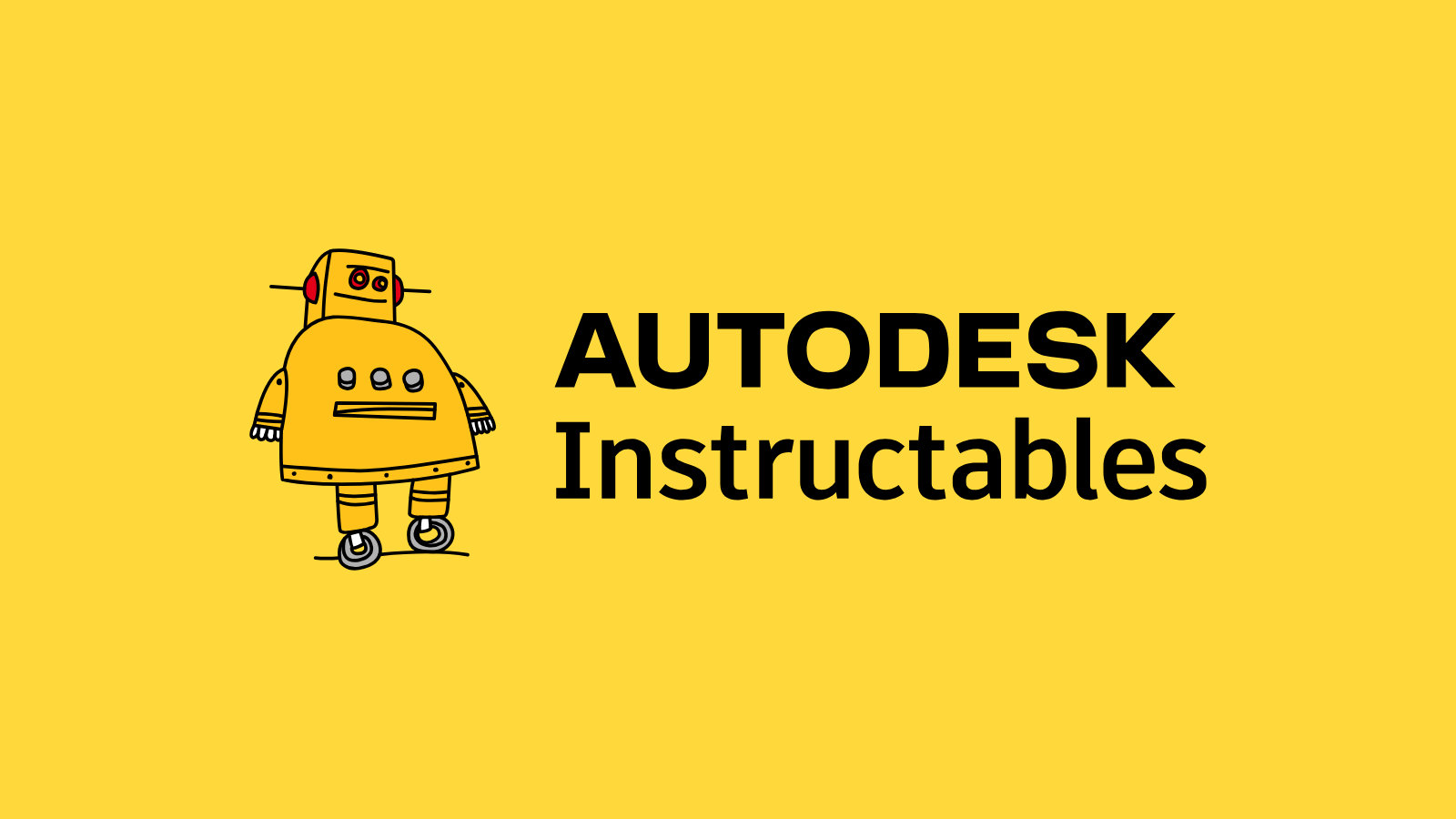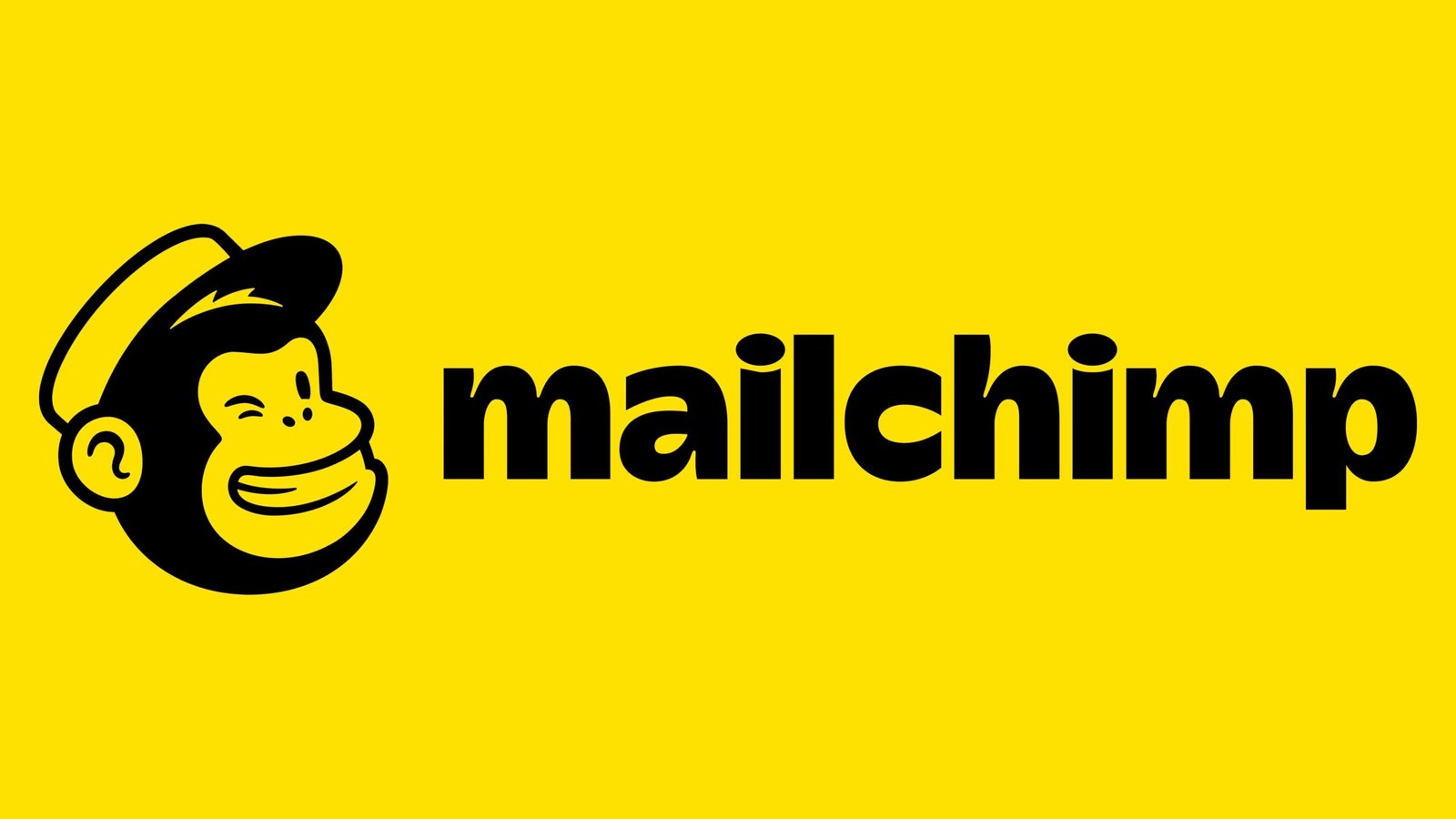Motion planning software for autonomous robots.
OpenRAVE (Open Robotics Automation Virtual Environment) is an open-source software framework for developing, testing, and deploying algorithms related to robotics, specifically focusing on motion planning, manipulation, and robotic automation. Developed by Rosen Diankov at Carnegie Mellon University, OpenRAVE provides a flexible environment for simulating and planning robot motions in 3D, with a strong emphasis on collision detection, kinematics, and path planning. It is widely used in academic research and robotics development, particularly for tasks involving robotic arms, manipulators, and complex robotic systems.
Key Features:
- Motion Planning Algorithms: Offers a variety of built-in motion planning algorithms, including RRT (Rapidly-exploring Random Trees), PRM (Probabilistic Roadmap), and others, which can be customized or extended with new planners.
- Collision Detection and Avoidance: Provides robust collision detection capabilities, allowing for real-time avoidance of obstacles and planning of collision-free paths in complex environments.
- Inverse Kinematics (IK) Solvers: Includes several inverse kinematics solvers, enabling robots to calculate joint positions required to reach a specific end-effector position or orientation.
- Kinematic and Dynamic Simulation: Supports kinematic and dynamic simulation of robots, including multi-link manipulator arms, mobile robots, and humanoids, with accurate physics-based modeling.
- Customizable Environment: Allows for the creation and manipulation of complex environments, including dynamic objects, multiple robots, and sensors, providing a realistic setting for simulation and testing.
- Flexible Plugin Architecture: Designed with a modular architecture that supports the addition of custom plugins for planning, perception, control, and user-defined functions.
- Cross-Platform Compatibility: Available on Linux and macOS, with a primary focus on Linux, making it suitable for use in various development environments.
- Visualization Tools: Provides built-in visualization tools to view and interact with 3D robot models, trajectories, and environments, aiding in debugging and understanding robot behavior.
- Integration with External Libraries and Tools: Integrates with external robotics libraries and tools, such as ROS (Robot Operating System), for enhanced functionality and broader compatibility.
Benefits:
- Ideal for Research and Development: Tailored for robotics research and development, offering advanced tools for testing algorithms in motion planning, manipulation, and automation.
- Supports Complex Robotic Applications: Enables the development of complex applications involving multi-DOF (Degrees of Freedom) manipulators, humanoid robots, and other robotic systems.
- Extensible and Customizable: Provides a modular framework that allows developers to easily add new algorithms, sensors, or modules, facilitating experimentation and customization.
- Facilitates Algorithm Validation and Testing: Helps researchers validate and benchmark new algorithms in a controlled environment, reducing the risk and cost associated with physical robot testing.
- Open Source and Community Supported: Open-source nature allows for free use, modification, and distribution, with support from an active community of researchers and developers.
Strong Suit: OpenRAVE’s strongest suit is its robust and flexible environment for developing, testing, and deploying motion planning and manipulation algorithms, particularly suited for research and academic applications in robotics.
Pricing:
- Free: OpenRAVE is open-source and free to use under the BSD License.
Considerations:
- Requires Advanced Knowledge: Designed primarily for researchers and advanced users with a strong background in robotics, motion planning, and algorithm development, which may pose a steep learning curve for beginners.
- Limited Development and Updates: Active development on OpenRAVE has slowed down, and it may lack some of the latest features found in more recently developed frameworks.
- Not Primarily Focused on Real-Time Control: While suitable for simulation and planning, OpenRAVE is not optimized for real-time control of robots in dynamic environments, and integration with hardware may require additional work.
- Linux-Centric: Primarily designed for Linux, with limited official support for Windows and macOS, which could be a constraint for some users.
Dynamic Animation and Robotics Toolkit for simulation.
Python library for educational robotics platforms.
Instructables is a community for people who like to make things.
Summary: OpenRAVE is a flexible, open-source framework for developing and testing motion planning and manipulation algorithms in robotics. With its robust collision detection, inverse kinematics, and motion planning capabilities, OpenRAVE is ideal for researchers and developers working on advanced robotic applications. While it has a steep learning curve and is primarily designed for Linux, its modular architecture, extensibility, and community support make it a valuable tool for academic and industrial robotics research.
 Skip to content
Skip to content 













